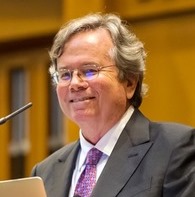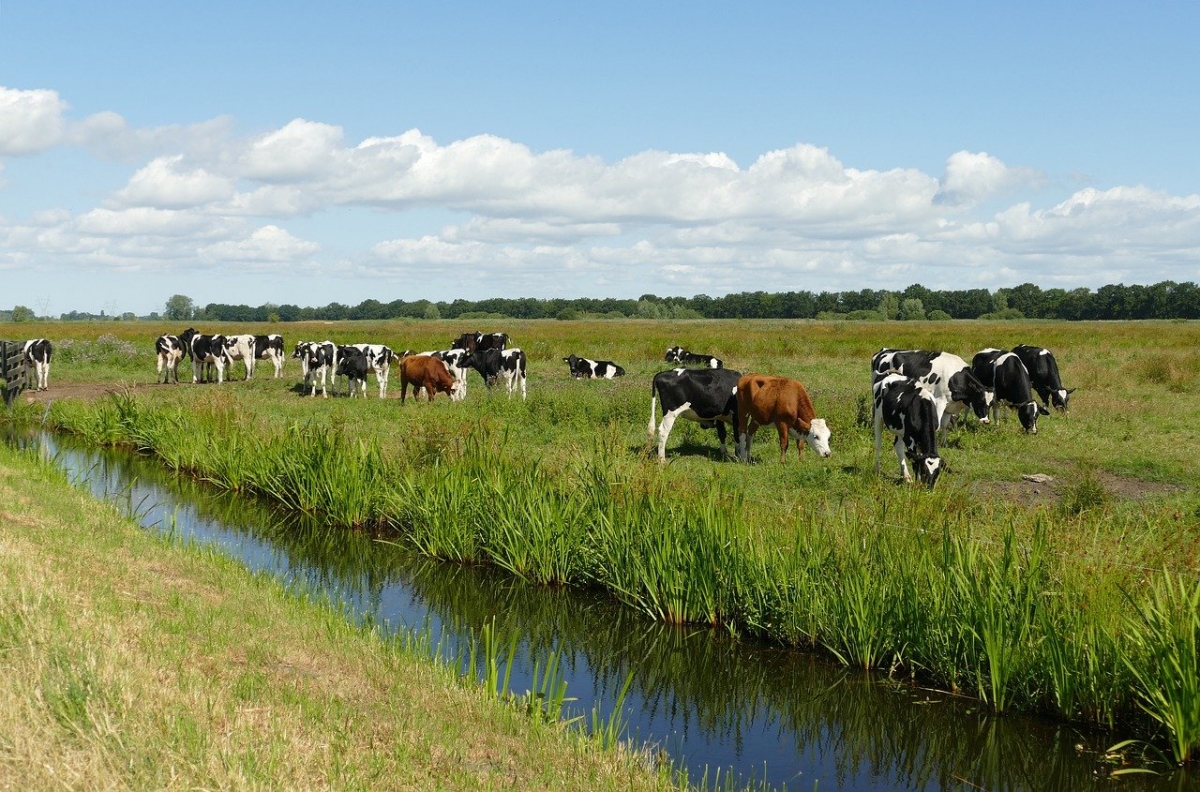 by Randall Morton, Founder, The Progressive Forum
by Randall Morton, Founder, The Progressive Forum
The following op-ed originally appeared in the Houston Chronicle.
The science journal Nature reports that civilization faces the daunting challenge of reducing greenhouse gas emissions 7.6 percent a year this decade to preserve life as we know it, starting now. This is equivalent to the rate of greenhouse-gas reduction during the pandemic when the world nearly came to a standstill.
Houston’s annual emissions are as massive as the those of many nations that attended the United Nations climate conference, with more than 34 million metric tons according to Houston’s Climate Action Plan. But in June, Mayor Sylvester Turner and the Greater Houston Partnership announced a 2050 plan that could prolong our massive emissions instead of reducing them.
The GHP energy transition initiative features a proposed investment by Exxon Mobil and 10 partners in a “$100 billion carbon capture innovation zone centered along the Houston Ship Channel.” The Houston Chronicle reported that, according to the Exxon, the zone – “billed as the biggest carbon sequestration project in the world” – would need government funding and work as a public-private partnership.
In my entrepreneur days running a marketing business for oil service firms, when prospective clients started a meeting flashing big money while asking for subsidies and discounts, that never smelled right; I never regretted ending the meeting.
The public should be wary of throwing tax dollars into Exxon’s proposal. The company recently warned it may have to write down the value of its assets, stranding unburned reserves as the world goes lower-carbon. High gas and oil prices are driving gains in renewable energy and electric vehicles which are on track to double this year over last, according to Rystad, an energy research firm.
Multi-year failures at the world’s largest carbon-capture system located in Western Australia have cast doubt on the viability of scaled carbon-capture as an investment by anyone – even with public subsidies. This year World Oil reported the Gorgon LNG export plant, with carbon capture operated by Chevron, has buried only 30 percent of the CO2 generated over five years – well short of the 80 percent target.
 Regenerative farming techniques can be used to sequester carbon in soil and help reverse the effects of climate change. |
In our own backyard, NRG admitted carbon-capture defeat 25 miles southwest of Houston at the W.A. Parish coal plant. It was a major test by the U.S. Department of Energy, which provided $190 million to construct NRG’s $1 billion system called Petro Nova, according to Reuters.
This unproven technology at scale would likely become a boondoggle in a more complex ship channel, leading us to repeat others' mistakes.
The CEOs of oil and gas companies are right about one thing: to reach net zero emissions, humanity needs viable storage solutions.
But there is a better business alternative. According to the very consultants GHP used to form their low-carbon initiative, McKinsey & Company, “There is no clear path to deliver climate mitigation without investing in nature. Corporate climate mitigation is becoming mainstream, if not commonplace. Our analysis suggests that natural climate projects could yield nearly a third of that target (1.5 degree C limit by 2050) by the end of this decade.”
Houston could lead this growing, multi-billion-dollar market in carbon trading. Farmers and grazers add income by selling their soil carbon credits when they adapt regenerative practices stimulating carbon storage. Already, ship channel companies Marathon Oil and Valero have announced investments in soil carbon storage. Nature-based solutions are cheap with no pipelines or drilling rigs. The technology – photosynthesis – is proven. International carbon markets got a boost at COP26 summit in Glasgow with a preliminary agreement to work on standard trading rules and credit quality. I’m part of a working group at Rice University’s Baker Institute Center for Energy Studies which created the nonprofit BCarbon to certify quality soil carbon credits for reliable trading while simplifying the process for landowners around the world.
Soil is the largest terrestrial carbon sink and an immense Texas asset with agricultural ecosystems making up 75 percent of the state. Soil stores three times more carbon than the entire atmosphere according to Scientific American, offering vast untapped opportunities for climate recovery, nature restoration and business growth.
In photosynthesis, the plant draws carbon from the air to form carbon compounds. What the plant doesn’t use for growth is exuded through the roots to feed the soil. The more biomass we produce, the more carbon we store. Plus, richer soil produces more food for a growing population and retains more water for flood resilience – a dire need in Houston and Texas.
Regenerative farming techniques feature no-till-planting, cover crops and perennial prairie plants that enrich and stabilize the soil. Regenerative grazing replicates the effects of bison herds that helped form some of the earth’s most fertile soils. Grazing regimes move cattle in paddock holding systems preventing them from cropping vegetation to the nub, enabling plants to regrow more quickly and sink deeper roots.
Our climate crisis calls for big short-term answers. It’s time for our mayor and GHP to step it up. While Houston leans toward engineered solutions, let’s remember that Texas’ giant enterprises grew from our natural resources – cotton, oil, and more recently, solar and wind. It’s a ripe time to get more creative with our rich endowment of grasslands, prairies and soil when civilization is pursuing answers now – not in 2050.
Randall Morton is founder of Houston’s Progressive Forum and the Oilfield Breakfast Forum. Randall Morton International was a marketing firm serving leading oil equipment companies in the U.S., Europe, and Japan. He’s a member of a working group at Rice University’s Baker Institute Center for Energy Studies.